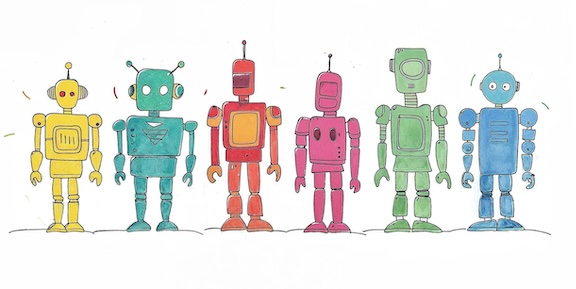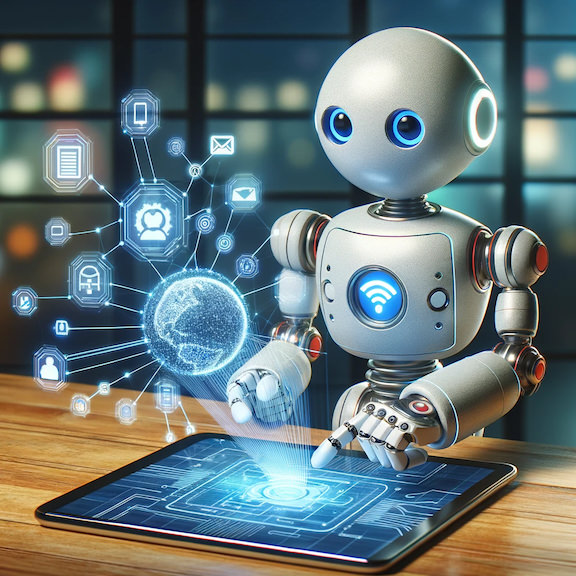The blending of virtual reality (VR) with our grasp of the tangible world opens up rich avenues for philosophical inquiry, urging us to reconsider what we deem to be real. This merging is forcing us to navigate the complexities between our physical existence and the digital ones created by VR, sparking a deep philosophical discourse on perception, consciousness, and the essence of being.
Central to this dialogue is the contrast between the concrete world, existing beyond our sensory experiences, and the virtual or experienced reality, molded by our interactions with VR technologies. When users don VR gear, they step into worlds fashioned by intricate software and hardware, simulating environments that range from the lifelike to the fantastical. These virtual experiences, growing ever more convincing with technological progress with Apple’s new Vision Pro, significantly enrich the immersive aspect of digital universes.
Philosophically speaking, the realms within VR are considered “simulated realities.” Although they may not be real in a physical sense, they will influence users’ perceptions, feelings, and even bodily responses. Philosopher Daniel Dennett has explored how our brains construct reality based on received information, suggesting that our experience of reality is essentially a mental interpretation.
The metaphysical debate often revolves around what constitutes “realness.” If realness is confined to physical existence, then VR worlds might seem lacking. However, if reality is understood as a blend of sensory input and interpreted meanings, VR could be seen as a form of reality, separate from the physical one.
The notion of “presence” in VR, or the feeling of being immersed in a virtual environment, challenges conventional ideas about location and experience, indicating that reality might include not just physical spaces but also states of consciousness. As VR technology advances, it increasingly blurs the line between virtual and physical realities, leading to new philosophical, psychological, and ethical questions.
A look back through history at how reality and perception have been conceptualized—from Plato’s allegory of the cave to modern discussions on the philosophy of mind and technology—provides context for this debate. Meta, then Oculus, spent a F8 one year outlining the level of detail required to have a more realistic experience.
Technical enhancements in VR, like spatial audio, haptic feedback, and visual accuracy, play a crucial role in making these simulated experiences feel real. Understanding these technical aspects helps illuminate why virtual experiences can seem so authentic. A large part is the visual aspect with glasses and goggles with hand tracking, feedback to hands will help add to the feel of objects.
Drawing on psychology and neuroscience gives further insight into VR’s impact on the brain and behavior, with studies highlighting its applications in therapy, education, and training to demonstrate the concrete effects of virtual experiences on human thought and action. Will the single user be negatively impacted by a further step in loneliness, or will communities in a virtually world replace the physical get togethers.
The emergence of immersive VR technology also prompts ethical and societal reflections, including concerns over escapism, the digital divide, and the influence of VR on perception, behavior, and social standards.
Looking ahead to the future of VR and augmented reality (AR), it’s evident that these technologies will continue to merge virtual and physical realities, inviting an array of philosophical questions about human experience and prompting us to rethink the limits of reality. AR is limited with the amount of information that can be provided visually when in the physical world without interrupting the joys of being out in the world, limited also by the need to power via battery packs wired to glasses.
The discussion and our understanding of the challenges has just started. Outside of the challenges of the tech, are the pros and cons based on comparing the experience to what we know, instead of reimagining new processes. Technologies are coming out to help the human creative mind to explore what we may not be doing today, similar to spreadsheet software for the PC and the printer for the Mac many years ago.
Please note that if you purchase from clicking on a link, it may result in my getting a tiny bit of that sale to help keep this site going. If you enjoy my work, perhaps you would consider donating to my daily cup of coffee, thank you.










